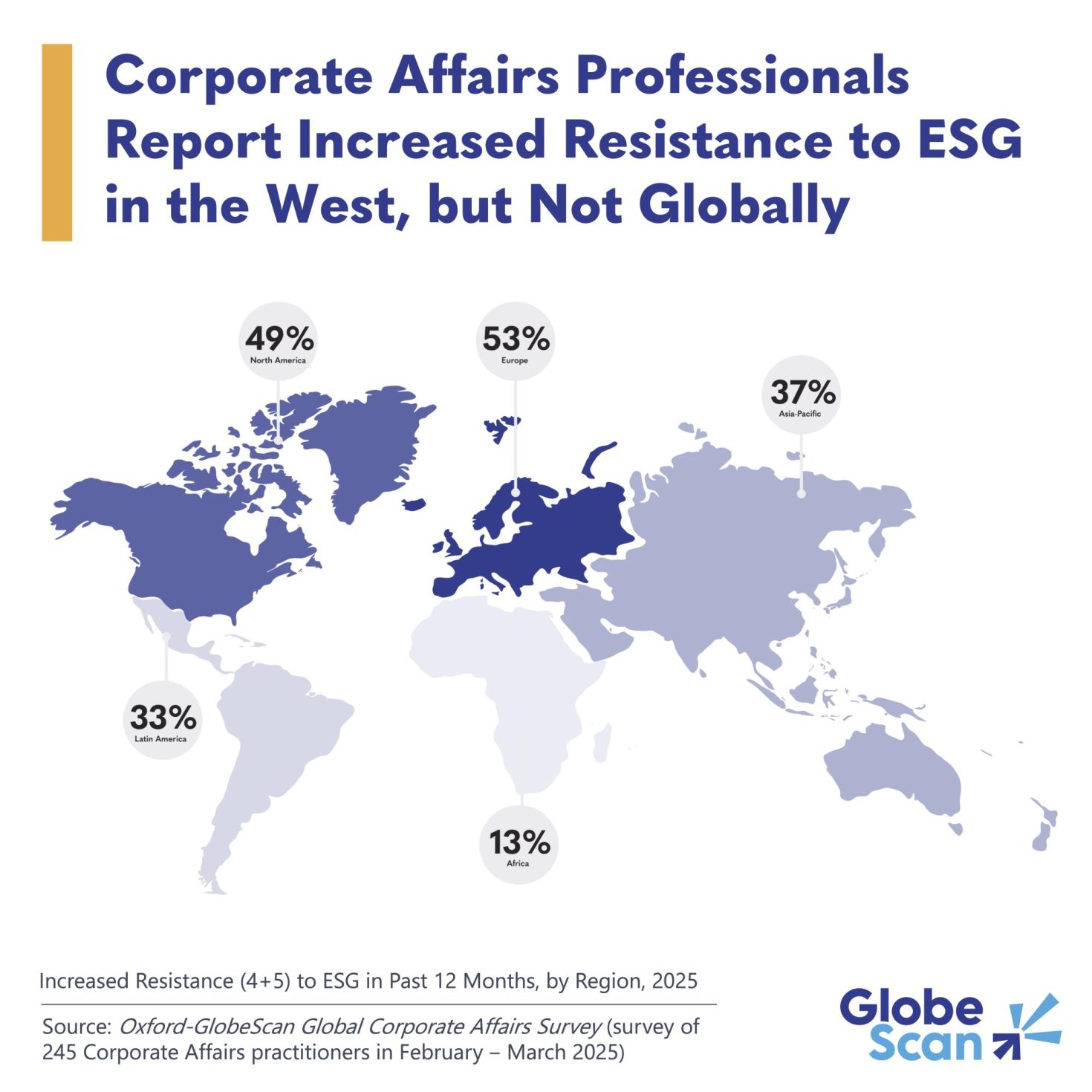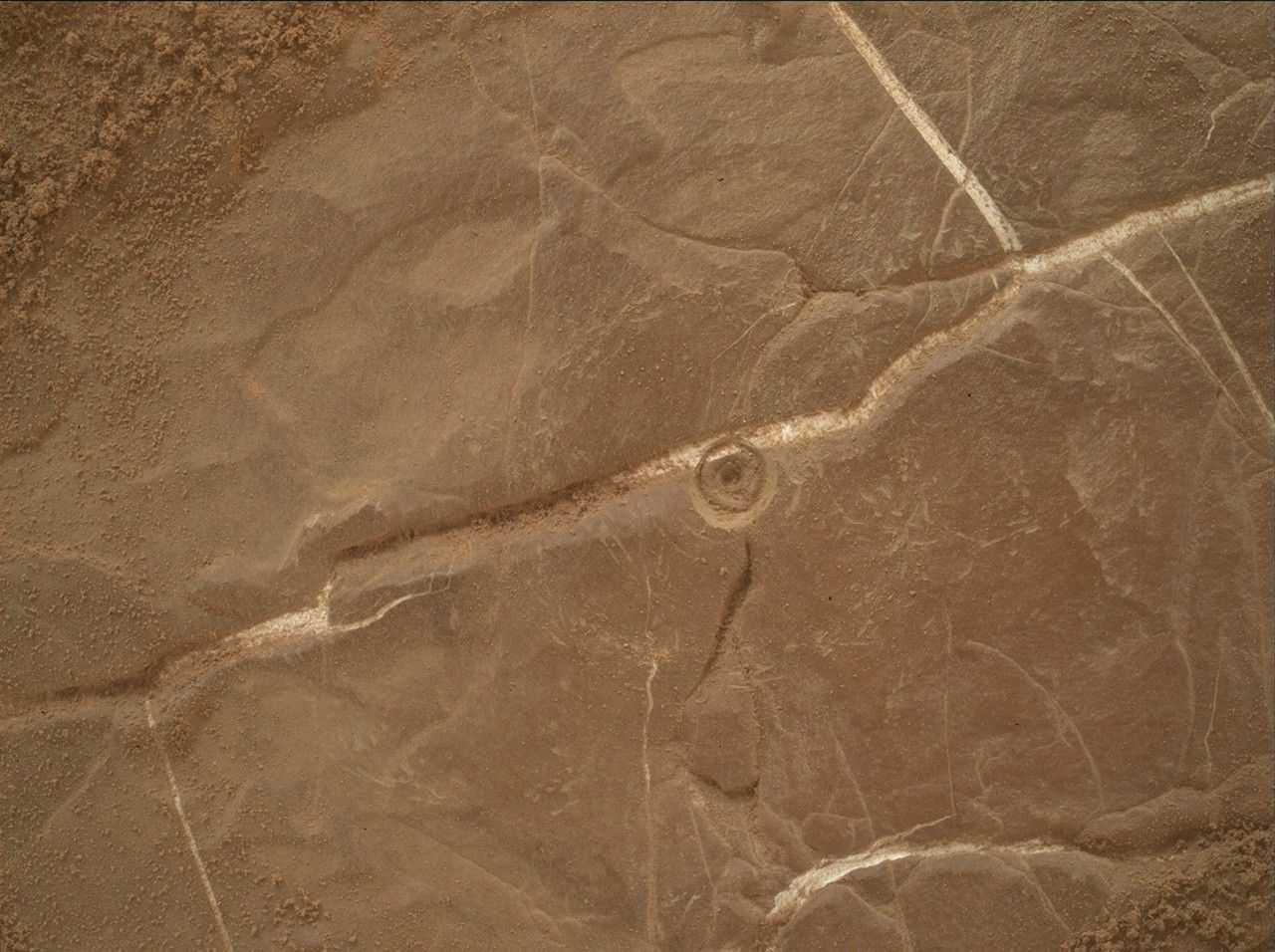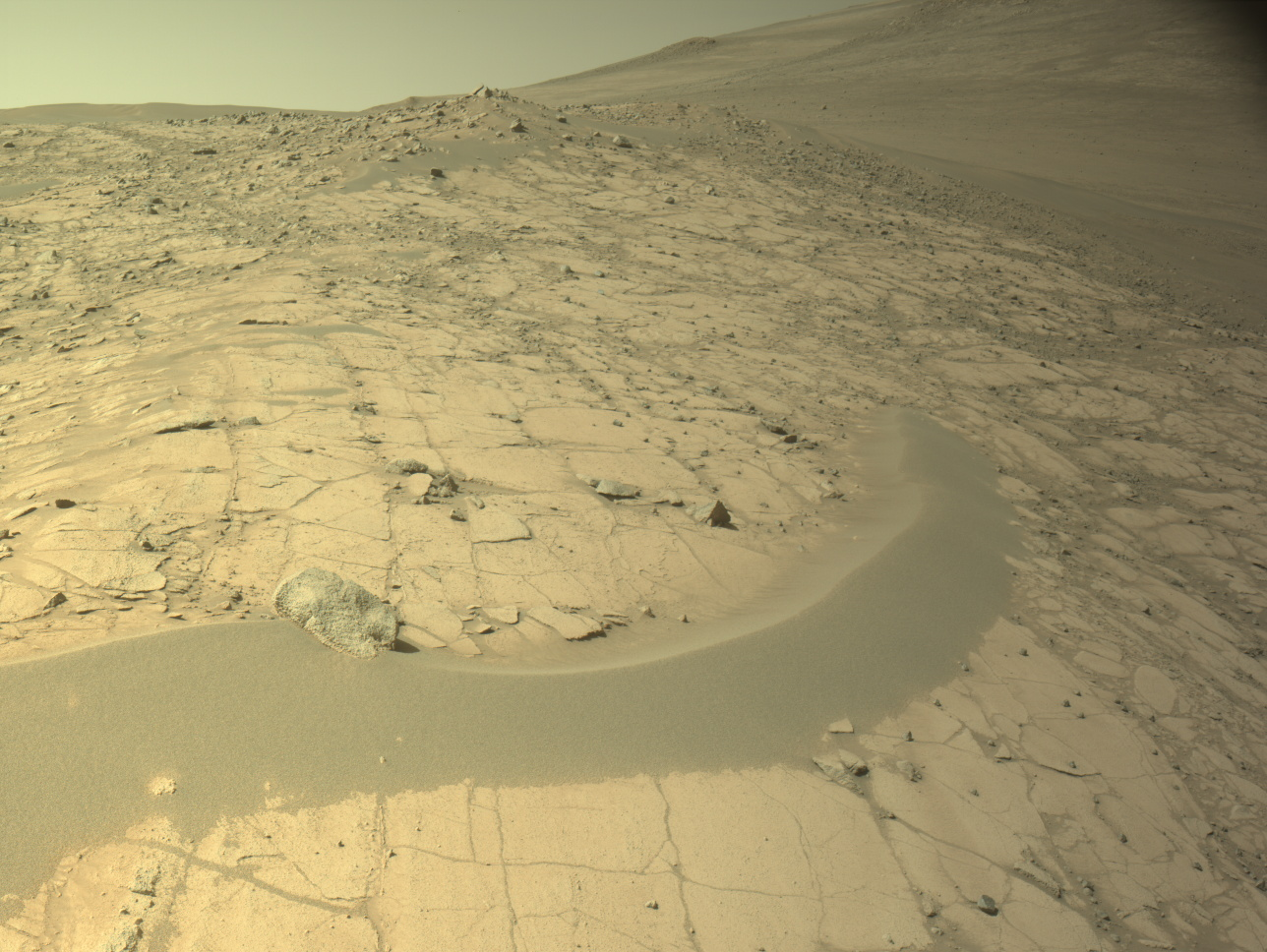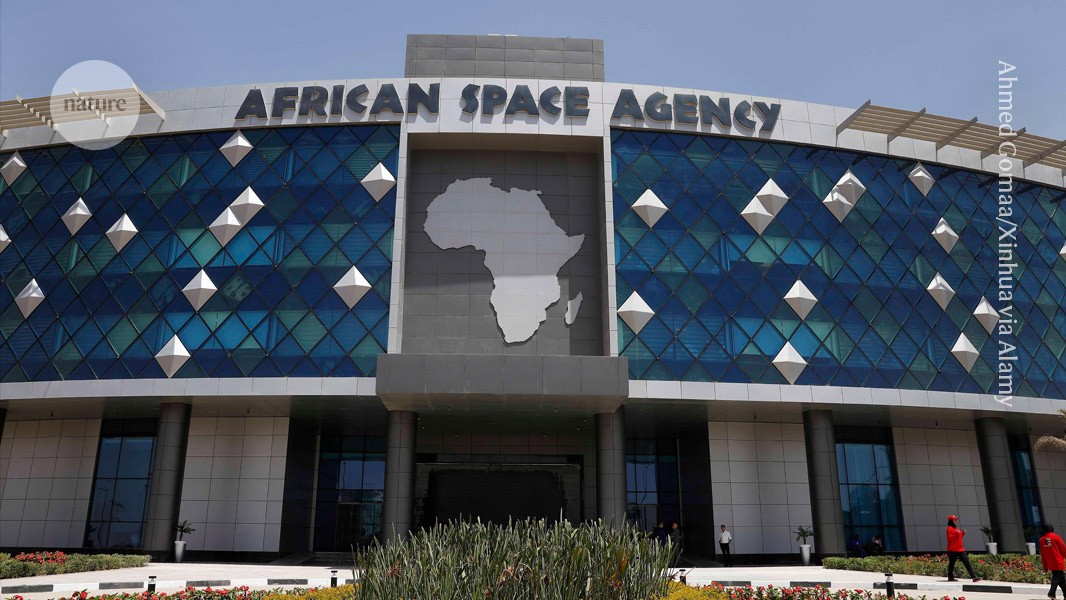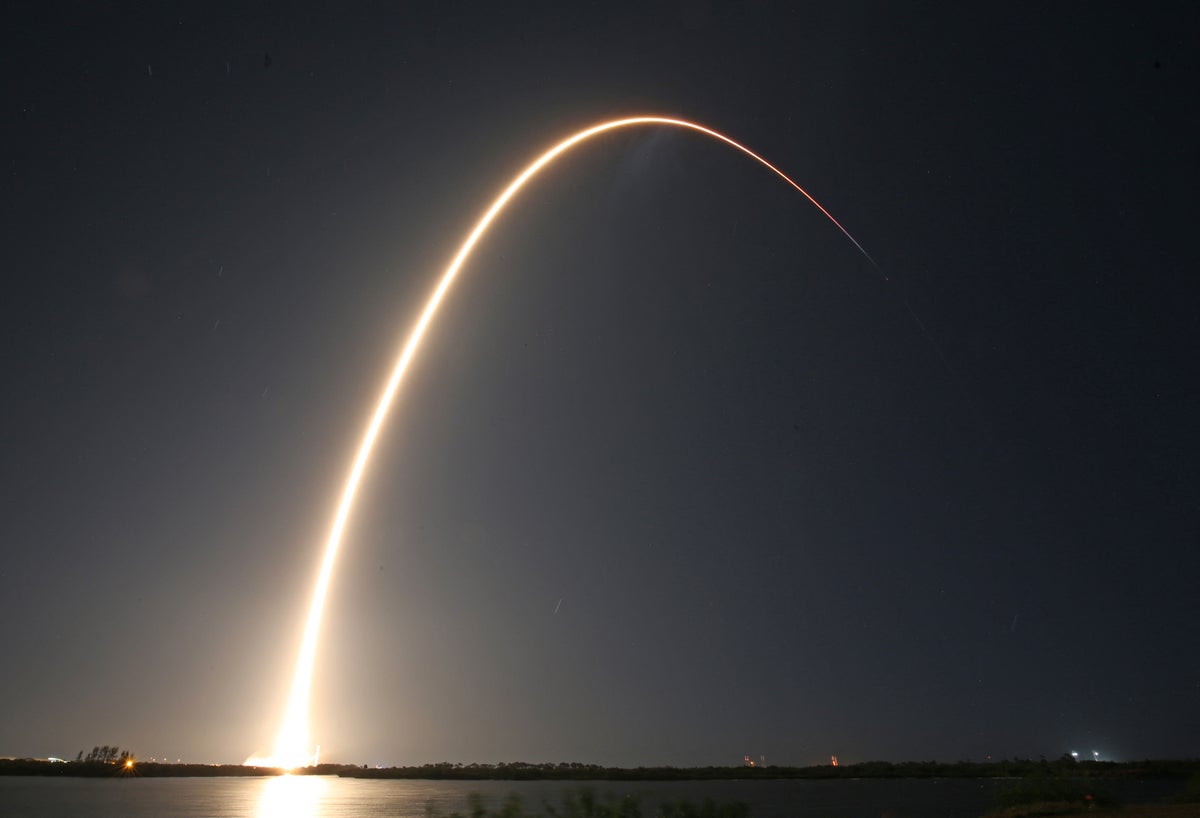Next Big Thing? Oilfield Chemicals Market is on the Rise
The global oilfield chemicals market is witnessing significant expansion, driven by the resurgence of oil and gas exploration activities, technological advancements in drilling operations, and the growing importance of maximizing oil recovery from mature reservoirs. With the global energy demand projected to rise over the next decade, especially in developing economies, oilfield chemicals are playing a critical role in ensuring efficient, safe, and economically viable operations across upstream sectors.
Market Overview
Oilfield chemicals are specialized chemical formulations used throughout various stages of oil and gas exploration and production, including drilling, cementing, production, enhanced oil recovery, and well stimulation. These chemicals improve the efficiency of operations, minimize formation damage, mitigate corrosion, and reduce operational costs.
Global Oilfield Chemicals Market size and share is currently valued at USD 29.40 billion in 2024 and is anticipated to generate an estimated revenue of USD 40.38 billion by 2034, according to the latest study by Polaris Market Research. Besides, the report notes that the market exhibits a robust 3.2% Compound Annual Growth Rate (CAGR) over the forecasted timeframe, 2025 – 2034
Key Market Growth Drivers
1. Rising Demand for Energy and Crude Oil
Global energy consumption continues to rise, driven by population growth, industrialization, and urban expansion, particularly in Asia and Africa. As countries aim to secure stable energy supplies, exploration and production (E&P) activities are on the rise, thereby increasing demand for oilfield chemicals that support these operations. Countries like the U.S., Saudi Arabia, Russia, and Brazil are expanding their drilling footprints, boosting the use of chemicals in well stimulation, cementing, and reservoir treatment.
2. Technological Advancements in Drilling and Extraction
Modern drilling technologies demand high-performance chemical formulations capable of operating under harsh environments, including high-temperature, high-pressure (HTHP) conditions. Advanced drilling fluids are essential in maintaining borehole stability, cooling and lubricating the drill bit, and transporting cuttings. Likewise, tailored production chemicals are improving the efficiency and longevity of production systems by preventing scale, corrosion, and bacterial contamination.
3. Increased Focus on Enhanced Oil Recovery (EOR)
With many conventional oil fields nearing depletion, oil companies are increasingly investing in enhanced oil recovery (EOR) methods to extract additional hydrocarbons from aging reservoirs. Oilfield chemicals such as polymers, surfactants, and alkaline agents are critical in improving recovery rates. Chemical EOR is gaining traction as a more environmentally and economically viable alternative compared to thermal and gas injection methods.
4. Boom in Unconventional Hydrocarbon Resources
The rapid development of shale oil and gas, especially in the United States, has fueled the demand for a wide array of oilfield chemicals. Hydraulic fracturing or “fracking” operations require significant volumes of specialized chemicals for well stimulation, including cross-linkers, gelling agents, biocides, and surfactants. These chemicals enhance the effectiveness of the fracturing process and increase hydrocarbon flow from tight formations.
Market Challenges
Despite the favorable outlook, several challenges could hamper market expansion:
1. Environmental and Regulatory Pressures
Oilfield chemicals, particularly those used in fracking and EOR, have come under scrutiny for their potential impact on the environment. Regulations regarding the discharge, toxicity, and biodegradability of chemicals are becoming more stringent in regions like Europe and North America. This is pressuring companies to innovate with green or biodegradable alternatives, which often involve higher R&D and production costs.
2. Volatility in Crude Oil Prices
The cyclical nature of crude oil prices directly affects upstream investment decisions. During periods of low oil prices, many oil and gas companies scale back exploration and production activities, reducing the demand for oilfield chemicals. This unpredictability makes long-term planning difficult for manufacturers and suppliers.
3. High Operational Costs
Some oilfield chemicals, particularly advanced formulations for HTHP wells or chemical EOR, involve high manufacturing and application costs. For small-scale E&P operators or those operating in cost-sensitive regions, such expenses can be prohibitive, slowing adoption rates.
4. Logistical and Supply Chain Constraints
Transporting and storing hazardous chemicals to remote drilling sites involves significant logistical challenges. Additionally, geopolitical issues, trade restrictions, and supply chain disruptions (as witnessed during the COVID-19 pandemic) can delay project timelines and affect chemical availability.
Browse Full Insights:
https://www.polarismarketresearch.com/industry-analysis/oilfield-chemicals-market
Regional Analysis
North America
North America dominates the global oilfield chemicals market, with the United States leading due to its expansive shale reserves and advanced hydraulic fracturing technologies. The Permian Basin and other unconventional formations continue to attract significant investment, driving demand for drilling fluids, production chemicals, and well stimulation products. Canada also contributes notably, especially in oil sands development.
Middle East & Africa
This region holds vast untapped reserves and remains a critical hub for conventional oil production. Countries like Saudi Arabia, UAE, and Kuwait are heavily investing in drilling and EOR projects to maintain their output levels. The demand for scale inhibitors, corrosion inhibitors, and other production chemicals remains strong. Meanwhile, Africa, particularly Nigeria and Angola, is slowly increasing offshore exploration activities, supporting regional market growth.
Asia Pacific
Asia Pacific is witnessing growing demand, led by countries such as China and India, where energy consumption is skyrocketing. Domestic oil production, although limited, is supported by government policies aiming for energy independence. Offshore exploration in Malaysia, Indonesia, and Australia is further stimulating demand for specialized drilling fluids and cementing chemicals.
Latin America
Latin America, particularly Brazil and Argentina, is becoming a key player in offshore and shale development. The pre-salt fields in Brazil and the Vaca Muerta shale basin in Argentina are fueling investments in oilfield chemicals for both conventional and unconventional drilling activities.
Europe
Europe presents a mature but stable market, with operations largely concentrated in the North Sea. While environmental regulations are stringent, there is steady demand for chemicals that meet sustainability standards. The focus here is more on extending the life of aging fields through EOR and corrosion prevention strategies.
Key Companies
Several global players are spearheading innovation and expansion in the oilfield chemicals market. These companies are leveraging R&D, partnerships, and geographic expansion to consolidate their market positions. Key strategic focuses include:
-
Product development for high-temperature, high-pressure (HTHP) applications.
-
Eco-friendly formulations in response to regulatory and environmental concerns.
-
Integrated service models combining chemical supply with performance monitoring and technical support.
Notable trends among leading players include collaboration with E&P companies to tailor-make solutions for specific geological formations and expanding manufacturing capacities in emerging markets to reduce logistics costs and lead times.
Future Outlook
The future of the oilfield chemicals market lies in balancing performance, cost-efficiency, and environmental responsibility. Manufacturers are expected to increase investments in green chemistry, bio-based polymers, and nanotechnology to develop next-generation chemical solutions.
The shift toward digital oilfield operations will also impact the market, with smart chemical dosing systems and real-time monitoring enabling more efficient chemical usage. As E&P companies aim to improve recovery rates while minimizing environmental impact, the role of tailored chemical solutions will become even more crucial.
Conclusion
The oilfield chemicals market is set for significant growth, bolstered by rising energy demand, technological advancements, and the imperative to maximize oil recovery. Despite regulatory hurdles and price volatility, the market remains resilient thanks to strong investments in drilling fluids, production chemicals, and well stimulation solutions. As sustainability becomes a key focus, innovation in enhanced oil recovery methods and eco-friendly formulations will shape the industry’s trajectory in the coming decade.
More Trending Latest Reports By Polaris Market Research:
Automated Guided Vehicle (Agv) Market
Automated Guided Vehicle (Agv) Market
Asia Pacific SGLT2 Inhibitors Market
Genomics In Cancer Care Market
Generative AI Coding Assistants Market
An Overview of Current Trends and Future Directions of The Weather Radar Market
Education Technology SaaS Tools Market
U.S. Durable Medical Equipment Market
Increasing Integration of Advanced Technologies to Drive Marketing Analytics Software Market













